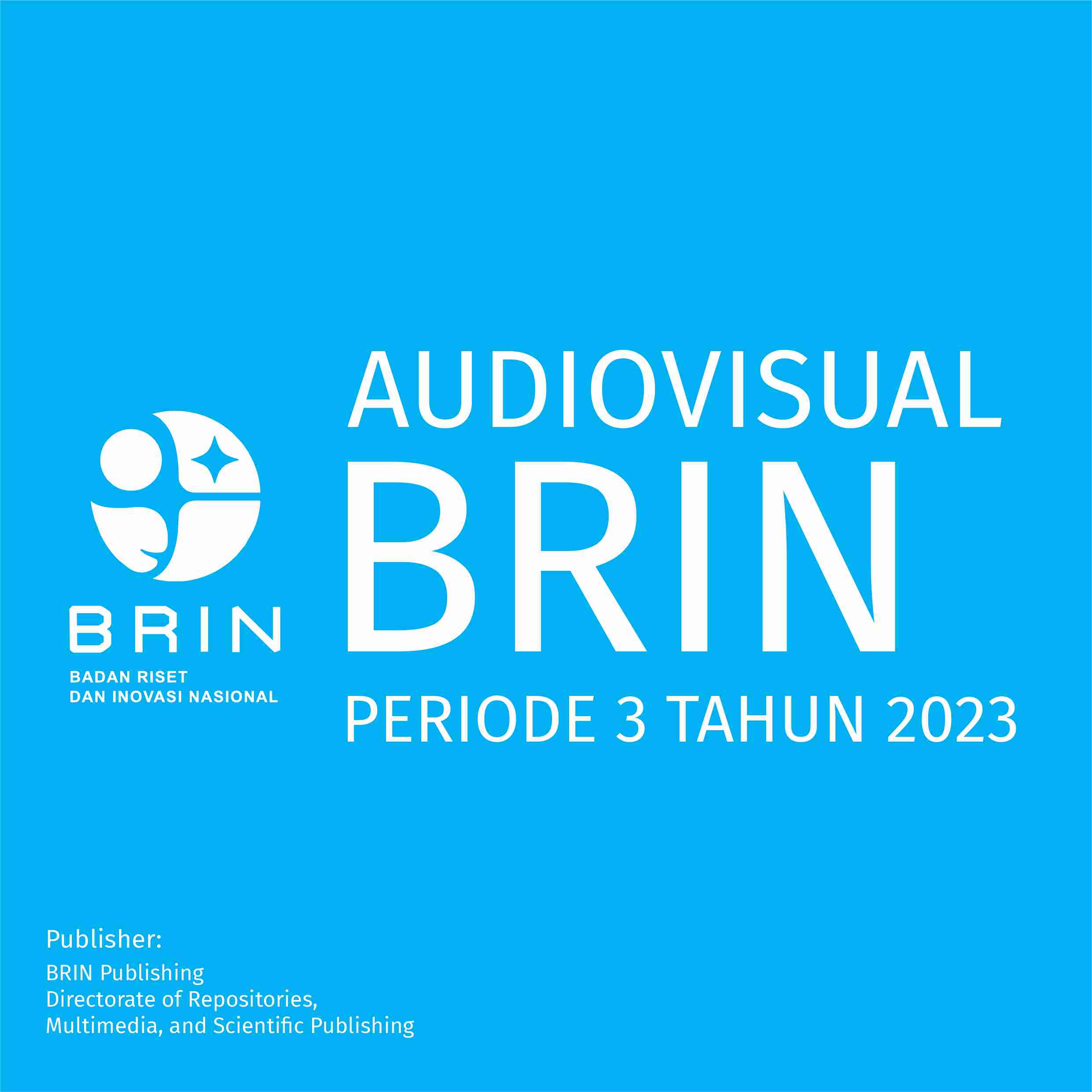Synopsis
Limbah radioaktif merupakan zat, bahan, serta peralatan yang telah terkena zat radioaktif atau menjadi radioaktif karena pengoperasian instalasi nuklir, yang selanjutnya menjadi limbah dan tidak dipergunakan lagi. Mengelola limbah zat radioaktif ada beberapa metode, seperti kompaksi, insenerasi, evaporasi, dan penukar ion untuk mereduksi volume limbah zat radioaktif. Sementara itu, metode sementasi, conditioning, dan imobilisasi dilakukan untuk mengurangi paparan radiasi agar tidak membahayakan serta merugikan. Pengelolaan limbah radioaktif adalah salah satu faktor yang menjadi perhatian masyarakat dalam pemanfaatan teknologi nuklir.
Radioactive waste is substances, materials and equipment that have been exposed to radioactive substances or have become radioactive due to the operation of a nuclear installation, which then becomes waste and is no longer used. Radioactive waste in Indonesia comes from three research reactors belonging to the National Research and Innovation Agency (BRIN). There are several methods for managing radioactive material waste, such as compaction, incineration, evaporation and ion exchange to reduce the volume of radioactive material waste. Meanwhile, cementation, conditioning and immobilization methods are used to reduce radiation exposure so that it is not dangerous or detrimental. Radioactive waste management is one of the factors that is of concern to the public in the use of nuclear technology.
References
Radioaktif-BATAN, P. T. L. PENGOLAHAN LIMBAH RADIOAKTIF PADAT.
Santoso, G. (2013). Studi Pengelolaan Limbah Radioaktif Padat Pembangkit Listrik Tenaga Nuklir. Buletin Limbah, 8(2).

This work is licensed under a Creative Commons Attribution 4.0 International License.
Copyright (c) 2023 Tri Muhamad S

